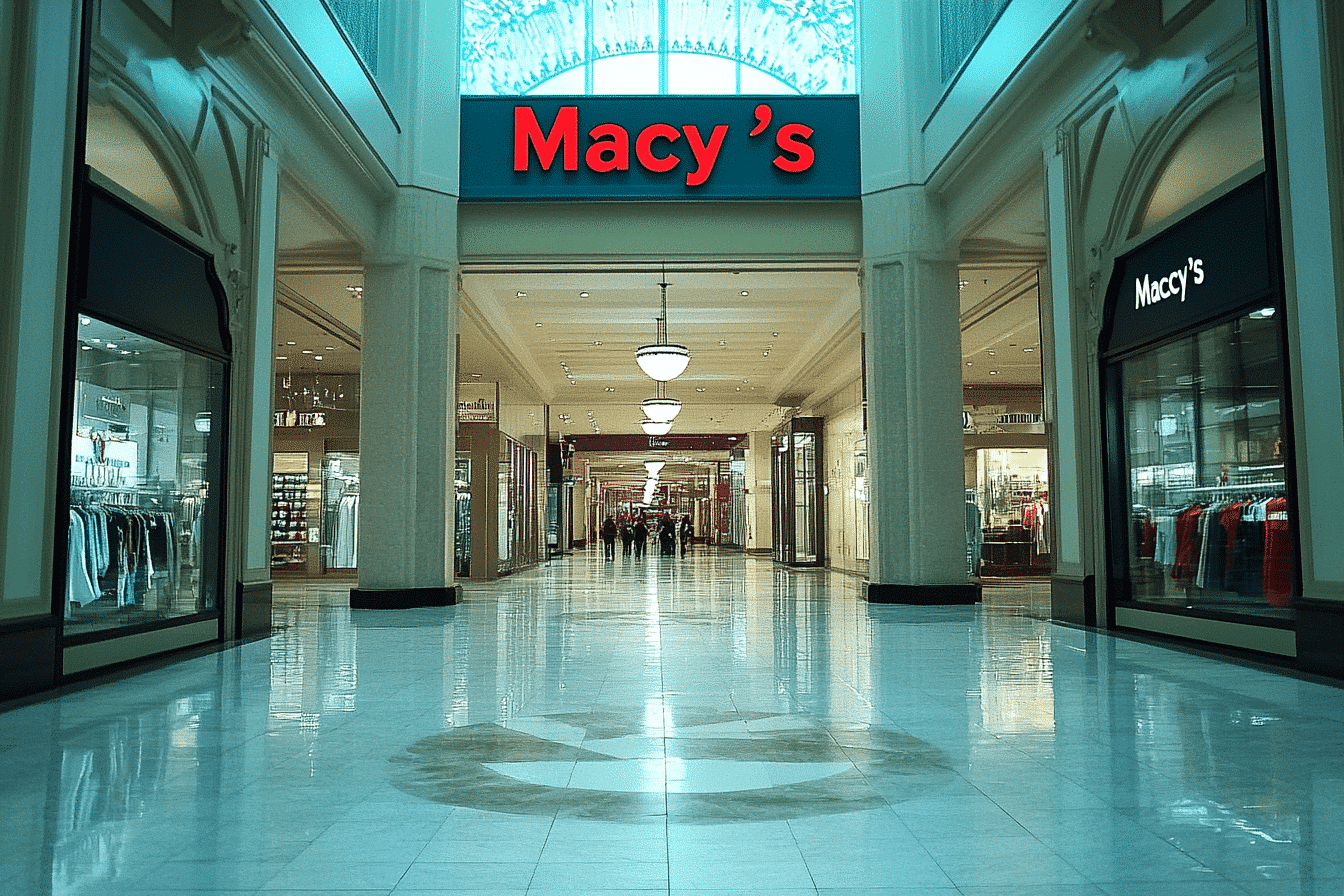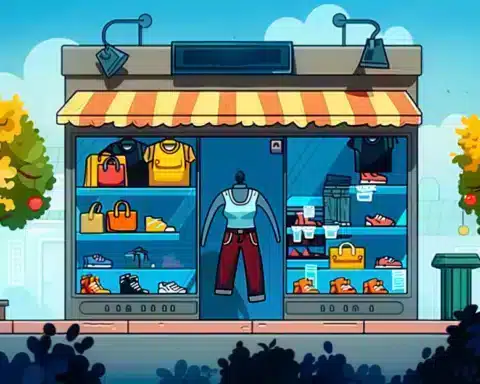Macy’s recent decision to close nearly a third of its stores will significantly transform shopping malls across the United States. Announced in late February, these changes are set to reshape the retail landscape, surprising communities and consumers.
Downsizing Department Stores
Macy’s has been steadily reducing its footprint, having closed more than a third of its namesake stores over the past decade. As of early May, the company operated 503 Macy’s stores, including a few non-mall locations. This trend mirrors the broader decline of department stores like Sears, Lord & Taylor, and JCPenney, which have also downsized or disappeared from malls.
The Decline of Malls
The number of shopping malls has significantly decreased. Real estate firms classify malls A and B as having higher occupancy and sales density, and C and D as having lower figures. Between 2016 and 2022, Class A and B malls dropped from 352 to 316, while Class C and D malls saw a steeper decline from 684 to 287. As Anand Kumar, associate director of research for Coresight, notes, “Weak U.S. malls have become weaker, and the strong shopping centers have become places where all retailers and consumers want to be.”
Transforming Retail Spaces
The closure of Macy’s stores presents new opportunities for mall owners. Chris Wimmer, senior director at Fitch Ratings, believes this could be beneficial, stating, “The department store’s exit will accelerate the inevitable demise of low-quality malls that don’t need to exist anymore.” Healthier malls can reimagine these spaces, potentially turning them into medical buildings, retirement communities, or grocery stores.
Diverse Tenants
Malls are diversifying their tenant mix to attract more visitors. Adding medical buildings, co-working spaces, nail salons, and restaurants has proven to be a smarter strategy for generating foot traffic. Naveen Jaggi, president of retail advisory services at JLL, highlights the challenge of filling Macy’s spaces with single retailers, as few can occupy such large areas. Instead, converting them into smaller, varied spaces allows for greater flexibility and adaptability.
Innovative Redevelopment
Mall owners are investing in creative redevelopments to breathe new life into former Macy’s locations. Brookfield Properties, for instance, has transformed over 100 anchor boxes with substantial capital investments. In San Francisco’s Stonestown Galleria, a former Macy’s now houses a Whole Foods, a movie theater, a sporting goods store, and a health-care facility. Similarly, Tysons Galleria in Washington, D.C., converted its Macy’s into a wing featuring a bowling alley, movie theater, home furnishing stores, and dining options.
Unique Tranformations
Some former Macy’s stores are being repurposed in unique ways. Near Salt Lake City, Utah, a Macy’s location is being converted into the training and practice facility for the NHL’s new Utah Hockey Club. In Northeast Ohio and Baton Rouge, Louisiana, former mall sites have been transformed into Amazon fulfillment centers, symbolizing the shift from in-store shopping to online retail.
Macy’s closures mark the end of an era for many malls, but they also pave the way for innovative developments and diverse uses that better align with modern consumer preferences. As Adam Tritt of Brookfield Properties notes, these changes offer a “silver lining,” enabling mall owners to create spaces that draw more people and adapt to evolving community needs. This retail space transformation reflects the industry’s dynamic nature and ability to reinvent itself in the face of change.




